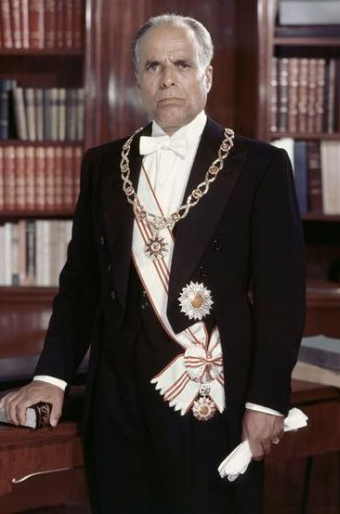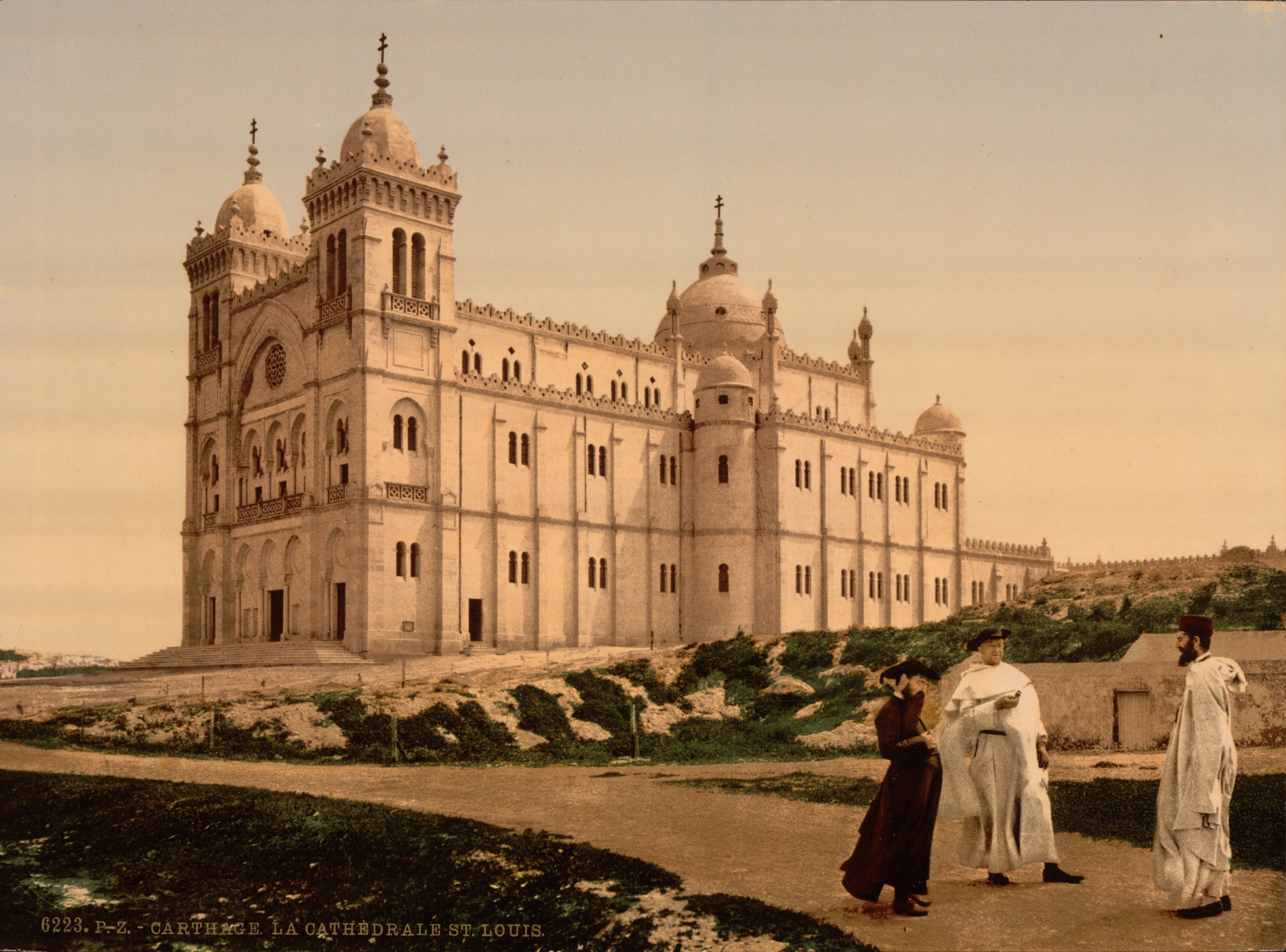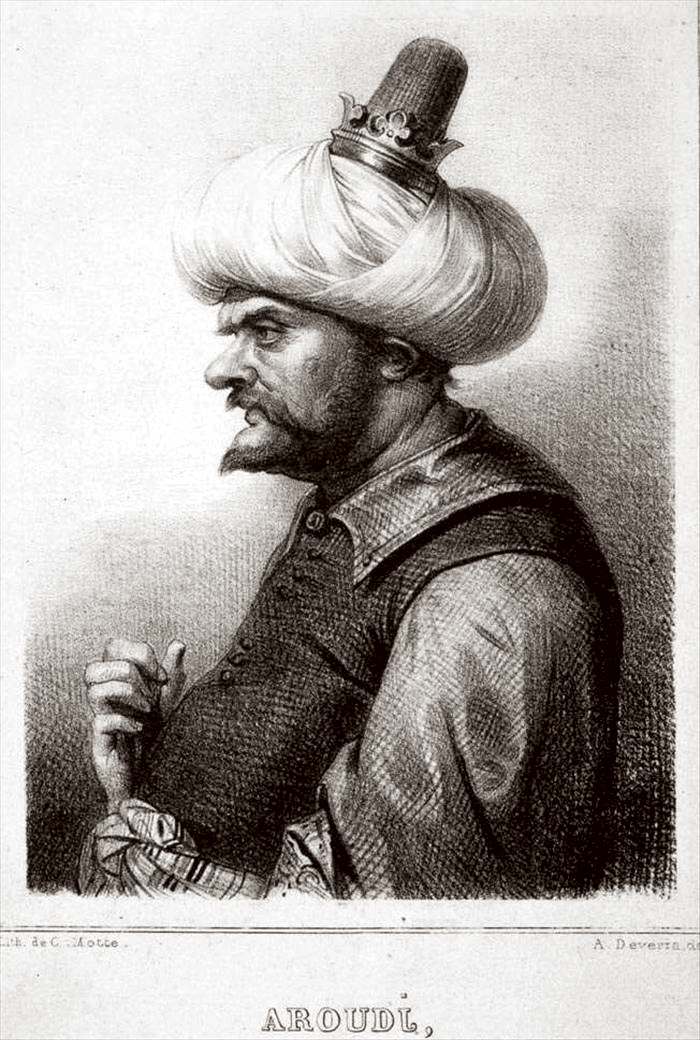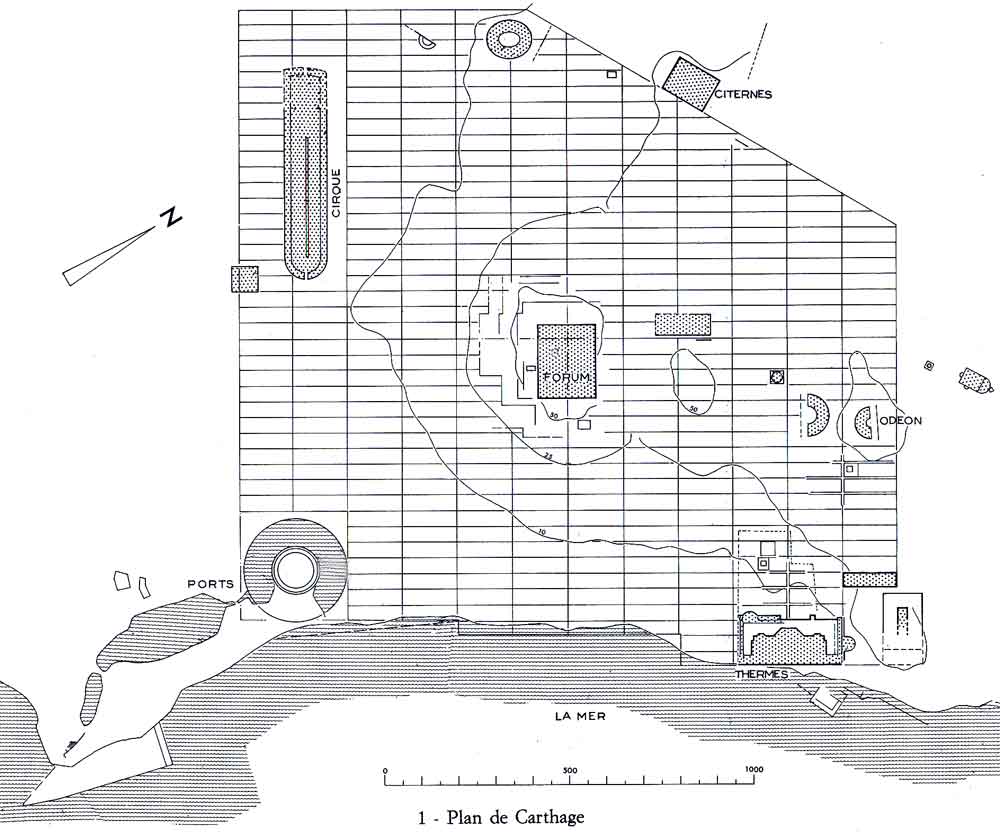|
Carthage (municipality)
Carthage ( ; ) is a commune in Tunis Governorate, Tunisia. It is named for, and includes in its area, the archaeological site of Carthage. Established in 1919, Carthage is some 15 km to the east-northeast of Tunis, situated between the towns of Sidi Bou Said to the north and Le Kram to the south. It is reached from Tunis by the R23 road via La Goulette, or by the N9 road via Tunis–Carthage International Airport. The population as of January 2013 was estimated at 21,277, mostly attracting the more wealthy residents. The Carthage Palace (the Tunisian presidential palace) is located on the coast. Carthage has six train stations of the Tunis-Goulette-Marsa, TGM line between Le Kram and Sidi Bou Said: Carthage Salammbo (named for the Carthage#Topography, layout, and society, ancient children's cemetery where it stands), Carthage Byrsa (named for Byrsa hill), Carthage Dermech (''Dermèche''), Carthage Hannibal (named for Hannibal), Carthage Présidence (named for the Carthage Palac ... [...More Info...] [...Related Items...] OR: [Wikipedia] [Google] [Baidu] |
Sidi Bou Said
Sidi Bou Said ( ') is a town in northern Tunisia located about 20 km northeast from the capital, Tunis. Named after a religious figure who lived there, Abu Said al-Baji, it was previously called Jbel el-Menar. The town itself is a tourist attraction and is known for its extensive use of blue and white. It can be reached by a Tunis-Goulette-Marsa, TGM train, which runs from Tunis to La Marsa. History In the 12th century/13th century AD Abu Said Ibn Khalaf Yahya al-Tamimi al-Beji arrived in the village of Jabal el-Menar and established a sanctuary. After his death in 1231, he was buried there. In the 18th century wealthy citizens of Beylik of Tunis, Tunis built residences in Sidi Bou Said. During the 1920s, Rodolphe d'Erlanger introduced the blue-white theme to the town. His home, Ennejma Ezzahra, is now a museum that has a collection of musical instruments, and organizes concerts of classical and Arabic music. Famous people Sidi Bou Said has a reputation as a town of ... [...More Info...] [...Related Items...] OR: [Wikipedia] [Google] [Baidu] |
Carthage Palace
Carthage Palace () is the presidential palace of Tunisia, and the official residence and seat of the President of Tunisia. It is located along the Mediterranean Sea at the current city of Carthage, near the archaeological site of the ancient city, fifteen kilometers from Tunis. A house by Le Corbusier sits within the site. Complex The palace complex has four parts: the palace proper, consisting of the central building and a private wing housing two apartments, a building for presidential security and two other buildings, one of which is used for common, administrative and financial services, and general. Within the complex is the residence of the Swiss ambassador, a building ceded by Bourguiba after an attempted coup in 1962, as well as the archaeological site called " fountain with a thousand amphorae". History Originally, the palace park sheltered a residence of Mustapha Khaznadar. It became the property of an Italian (Mario Cignoni) in 1937. The residence was occupied by ... [...More Info...] [...Related Items...] OR: [Wikipedia] [Google] [Baidu] |
Acropolium Of Carthage
The Acropolium, also known as Saint Louis Cathedral (), is a former Roman Catholic church located in Carthage, Tunisia. The cathedral sits on the peak of Byrsa Hill, near the ruins of the ancient Punic and then Roman city. It was built atop the ruins of an old temple dedicated to Eshmun, the Punic god of healing. The edifice can still be accessed from the basement. Since 1993, the cathedral has been known as the "Acropolium". It is no longer used for worship, but instead hosts public events or concerts of Tunisian music and classical music. Currently, the only Roman Catholic cathedral operating in Tunisia is the Cathedral of St. Vincent de Paul in Tunis. History Hussein II Bey authorised the French consul-general to build a cathedral on the site of ancient Carthage, to determine where it would be situated, and to take all the land necessary for the project. His words were: The consul charged his son Jules with this duty, who concluded that the chapel ought to be built ... [...More Info...] [...Related Items...] OR: [Wikipedia] [Google] [Baidu] |
French Protectorate Of Tunisia
The French protectorate of Tunisia (; '), officially the Regency of Tunis () and commonly referred to as simply French Tunisia, was established in 1881, during the French colonial empire era, and lasted until Tunisian independence in 1956. The protectorate was established by the Bardo Treaty of 12 May 1881 after a military conquest, despite Italian disapproval. It was part of French North Africa with French Algeria and the Protectorate of Morocco, and more broadly of the French Empire. Tunisian sovereignty was more reduced in 1883, the Bey was only signing the decrees and laws prepared by the Resident General of France in Tunisia. The Tunisian government at the local level remained in place, and was only coordinating between Tunisians and the administrations set up on the model of what existed in France. The Tunisian government's budget was quickly cleaned up, which made it possible to launch multiple infrastructure construction programs (roads, railways, ports, lightho ... [...More Info...] [...Related Items...] OR: [Wikipedia] [Google] [Baidu] |
Medina Of Tunis
The Medina of Tunis is the medina quarter of Tunis, the capital of Tunisia. It has been a UNESCO World Heritage Site since 1979. The Medina contains some 700 monuments, including palaces, mosques, mausoleums, madrasas and fountains dating from the Almohad and the Hafsid periods. History Founded in 698 around the original core of the Zitouna Mosque, the Medina of Tunis developed throughout the Middle Ages. The main axis was between the mosque and the centre of government to the west in the kasbah. To the east this same main road extended to the Bab el Bhar. Expansions to the north and south divided the main Medina into two suburbs north ( Bab Souika) and south ( Bab El Jazira). Before the Almohad Caliphate, other cities such as Mahdia and Kairouan had served as capitals. Under Almohad rule, Tunis became the capital of Ifriqiya, and under the Hafsid period it developed into a religious, intellectual and economic center. It was during the Hafsid period that the Medi ... [...More Info...] [...Related Items...] OR: [Wikipedia] [Google] [Baidu] |
Ottoman Tunisia
Ottoman Tunisia, also known as the Regency of Tunis, refers to a territory of Ottoman Empire that existed from the 16th to 19th century in what is largely modern-day Tunisia. During the period of Ottoman Rule, Tunis was administratively integrated into the Ottoman Empire as the Eyalet of Tunis. The Ottoman presence in the Maghreb began with the conquest of Algiers in 1516 by the Ottoman Turkish corsair and ''beylerbey'' Aruj (Oruç Reis). In 1534, the Ottoman navy under the command of Kapudan Pasha Hayreddin Barbarossa, himself the younger brother of Aruj, attacked and successfully captured Tunis, which was then a territory of the Hafsids. However, less than a year later, Emperor Charles V sent a large, multinational invasion force to wrest control of Tunis, which attacked from across the Strait of Sicily and overwhelmed the city's Ottoman defenders. Following the final Ottoman reconquest of Tunis from Spain in 1574, the Ottoman Empire would hold Tunis for over three cen ... [...More Info...] [...Related Items...] OR: [Wikipedia] [Google] [Baidu] |
Battle Of Carthage (698)
The Battle of Carthage was fought in 698 AD between a Byzantine Empire, Byzantine expeditionary force and the armies of the Umayyad Caliphate. The battle was a lynchpin of the ongoing Muslim conquest of the Maghreb and put remaining Byzantine resistance to rest. Background During the Second Invasion of the Muslim conquest of the Maghreb, Arab conquest of North Africa, the forces sent by the Umayyad Caliph Abd al-Malik ibn Marwan, Abd al-Malik made it deep into the Roman Province of Africa and established a military base there called Kairouan. Due to other ongoing conflicts to the North and East of the Umayyad Caliphate, these conquering forces were redeployed elsewhere. In the vacuum, Byzantine and Berber forces in the region were able to push the garrison forces out and back to Cyrenaica. Abd al-Malik's responded with appointing the general Hassan ibn al-Nu'man to an army, that historians claim to be numbered at 40,000 strong, that would reconquer the lost territory and push on ... [...More Info...] [...Related Items...] OR: [Wikipedia] [Google] [Baidu] |
Roman Carthage
Roman Carthage was an important city in ancient Rome, located in modern-day Tunisia. Approximately 100 years after the destruction of Punic Carthage in 146 BC, a new city of the same name (Latin '' Carthāgō'') was built on the same land by the Romans in the period from 49 to 44 BC. By the 3rd century, Carthage had developed into one of the largest cities of the Roman Empire, with a population of several hundred thousand.Likely the fourth city in terms of population during the imperial period, following Rome, Alexandria and Antioch, in the 4th century also surpassed by Constantinople; also of comparable size were Ephesus, Smyrna and Pergamum. Stanley D. Brunn, Maureen Hays-Mitchell, Donald J. Zeigler (eds.), ''Cities of the World: World Regional Urban Development'', Rowman & Littlefield, 2012p. 27/ref> It was the center of the Roman province of Africa, which was a major breadbasket of the empire. Carthage briefly became the capital of a usurper, Domitius Alexander, in 308&nda ... [...More Info...] [...Related Items...] OR: [Wikipedia] [Google] [Baidu] |
La Gare De Carthage Entre 1940 Et 1945
LA most frequently refers to Los Angeles, the second most populous city in the United States of America. La, LA, or L.A. may also refer to: Arts and entertainment Music * La (musical note), or A, the sixth note *"L.A.", a song by Elliott Smith on ''Figure 8'' (album) * ''L.A.'' (EP), by Teddy Thompson *'' L.A. (Light Album)'', a Beach Boys album * "L.A." (Neil Young song), 1973 *The La's, an English rock band *L.A. Reid, a prominent music producer * Yung L.A., a rapper *Lady A, an American country music trio * "L.A." (Amy Macdonald song), 2007 *"La", a song by Australian-Israeli singer-songwriter Old Man River *''La'', a Les Gordon album Other media * l(a, a poem by E. E. Cummings * La (Tarzan), fictional queen of the lost city of Opar (Tarzan) *'' Lá'', later known as Lá Nua, an Irish language newspaper * La7, an Italian television channel *LucasArts, an American video game developer and publisher * Liber Annuus, academic journal Business, organizations, and government ... [...More Info...] [...Related Items...] OR: [Wikipedia] [Google] [Baidu] |
Plan Tunis Et Ses Environs - 1937
A plan is typically any diagram or list of steps with details of timing and resources, used to achieve an objective to do something. It is commonly understood as a temporal set of intended actions through which one expects to achieve a goal. For spatial or planar topologic or topographic sets see map. Plans can be formal or informal: * Structured and formal plans, used by multiple people, are more likely to occur in projects, diplomacy, careers, economic development, military campaigns, combat, sports, games, or in the conduct of other business. In most cases, the absence of a well-laid plan can have adverse effects: for example, a non-robust project plan can cost the organization time and money. * Informal or ad hoc plans are created by individuals in all of their pursuits. The most popular ways to describe plans are by their breadth, time frame, and specificity; however, these planning classifications are not independent of one another. For instance, there is a close r ... [...More Info...] [...Related Items...] OR: [Wikipedia] [Google] [Baidu] |
Hamilcar Barca
Hamilcar Barca or Barcas (; – 228BC) was a Ancient Carthage, Carthaginian general and statesman, leader of the Barcid family, and father of Hannibal, Hasdrubal Barca, Hasdrubal and Mago Barca, Mago. He was also father-in-law to Hasdrubal the Fair. Hamilcar commanded the Carthaginian land forces in Sicily from 247BC to 241BC, during the latter stages of the First Punic War. He kept his army intact and led a successful guerrilla warfare, guerrilla war against the Romans in Sicily. Hamilcar retired to Carthage after the peace treaty in 241BC, following the defeat of Carthage. When the Mercenary War broke out in 239BC, Hamilcar was recalled to command and was instrumental in concluding that conflict successfully. Hamilcar commanded the Carthaginian expedition to Spain in 237BC, and for eight years expanded the territory of Carthage in Spain before dying in battle in 228 BC. He may have been responsible for creating the strategy which his son Hannibal implemented in the Second Punic ... [...More Info...] [...Related Items...] OR: [Wikipedia] [Google] [Baidu] |







